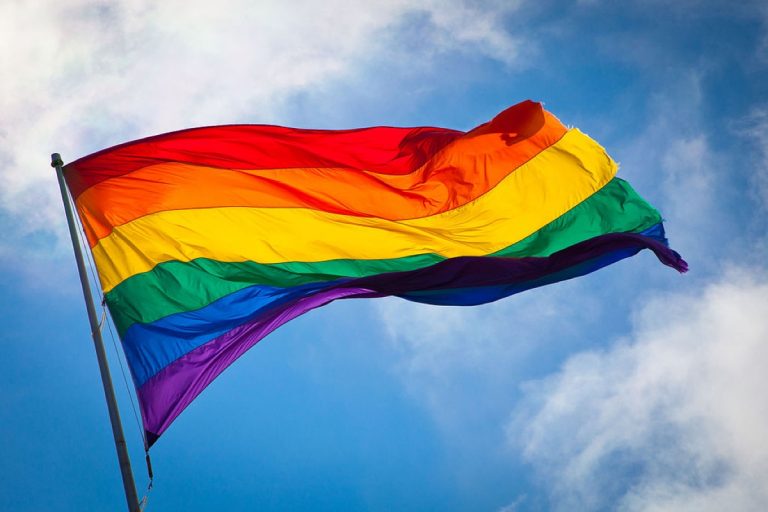“The Other Side“ (“Hin hliðin“) is the title of a new book containing 47 micro stories that take place in one of Iceland‘s most treasured queer sites, Laugavegur22. GayIceland sat down with the author to find out more.

“The stories revolve around the club scene, with references to our battle for equal rights.That blends into the story. I was Reykjavík‘s Pride cashier in the early days and also for a time the vice president of the National Queer Organisation in Iceland. I am trying to capture the spirit of the times when I was young. But this is not my story. These are stories that have crossed my path so many of them contain a grain of truth,“ says author Guðjón Ragnar Jónasson about his book, The Other Side.
Guðjón works as a teacher at upper secondary school Menntaskólinn í Reykjavík where he teaches Icelandic and has also worked independently in book publishing. He began writing the The Other Side in 2005 and says he planned on writing a novel but instead ended up with a collection of micro stories. Stories that spawn decades and are all connected to bar 22, a bar that was located at Laugavegur 22, where KIKI queer bar is now located on the second floor. But why choose 22 as a setting?
“It was also discussed in all seriousness to isolate people with HIV on an island.”
“The place was founded in the early nineties when the two hundred years old Reykjavík was changing from a village into a cosmopolitan city. It was frequented by gay people, intellectuals, people with artistic dreams and drunk university students. In those days 22 was fun and alive and thought of as a hip and cool place. There was some mystique in the air. People really liked to party there and when it closed at 3am, like other places did on weekends in those days, I can well remember that the party would continue outside the bar in the bright summer night if the weather was good,” he replies and says that parts of the book are based on memories from that time, while parts are based on old material.
According to the book, you could actually see the whole spectrum of gay life just within this one bar. “Yes, for example there were many queens, very nice,” recalls Guðjón. “And holding up prestigious degrees got you nowhere at that place. Each and everyone had to earn their place and respect.”
You call them and yourself the people of the Pink Church. “The name comes from conversations between me and my old friends,” Guðjón explains. “When we talk about the gay circle we often talk about the parishioners or the Pink Church.”

In the book you also write about HIV. “Yes, in the beginning people knew almost nothing about how it was transmitted and great scare took hold in the Western world, not the least here in Iceland. Many thought it was the Black Death of our times,” says Guðjón and adds that he admires how the people, who where in forefront in the battle for gay rights in Iceland, handled the discussion, their nerve and endless fighting spirit. He´s not sure if he would have been so strong.
There are actually some quite unsettling facts in the book about the time when HIV surfaced in Iceland. “Yes, in the book I describe when the act on infectious diseases was changed in Iceland in 1986 so as it could be used against people with HIV “if there was thought to be danger they would infect other people on purpose”. It was also discussed in all seriousness to isolate people with HIV on an island. This kind of rhetoric of course didn´t help people come out of the closet.”
You even go back to the old Icelandic Saga´s where you find gay men. “I explain shortly the rhetoric of the Icelandic Sagas and Sturlunga Saga. It perhaps reflects my interests since I am, after all, a teacher of Icelandic.”
Now your stories are out in Icelandic, do you intend to publish them in English? “That’s not something I’ve planned. I guess time will have to tell. But I enjoy writing micro stories and I still have stories and other unpublished material in my drawer. So who knows?”


